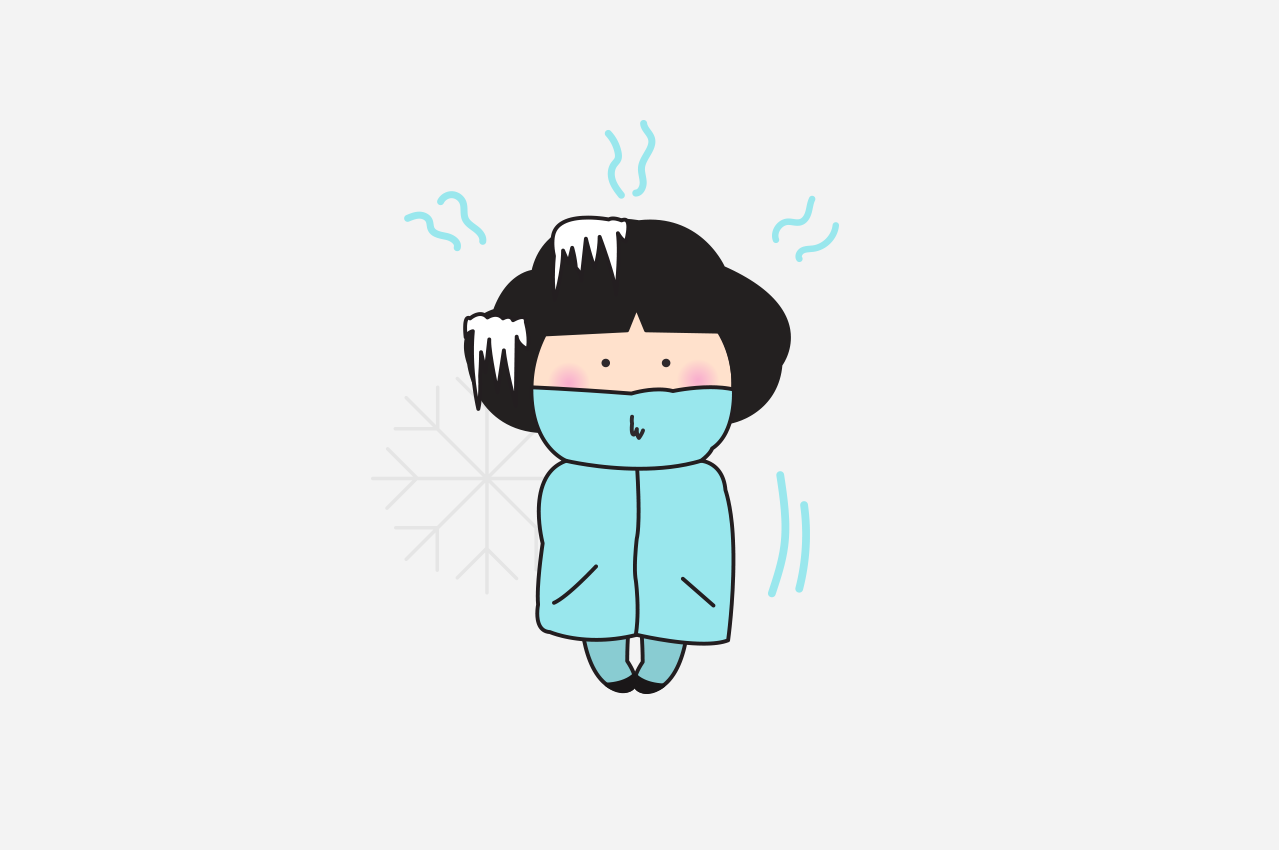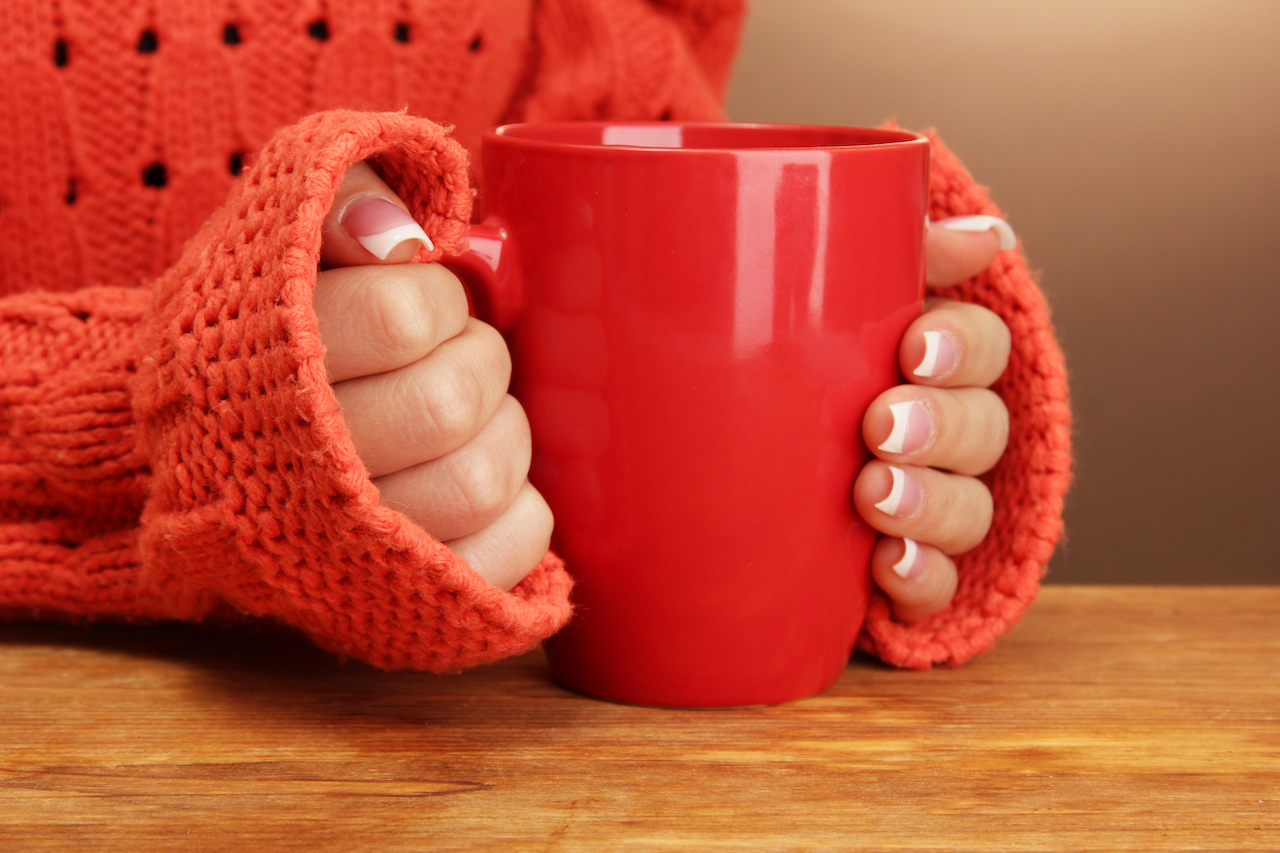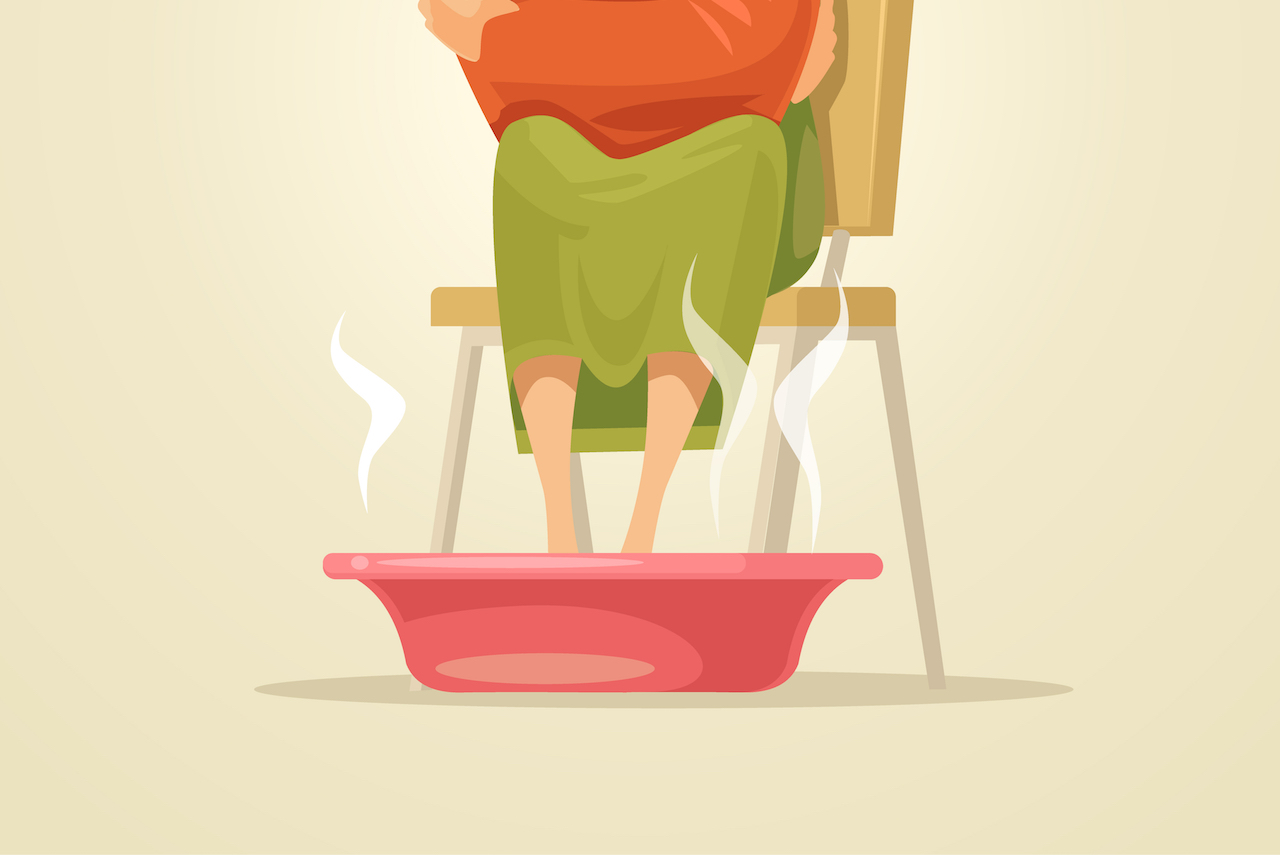There’s a reason why men are always draping their coats over women’s shoulders in movies, and often in real life. And no, it’s not (just) in the name of romance. Turns out that on average, women are more sensitive to the cold than men are.
One of the main ways your body regulates temperature is through the blood vessels. When you feel hot, the blood vessels in your skin dilate (get wider) to release heat through your skin. When you feel cold, your blood vessels contract (get narrower) to retain heat. A person’s regular body temperature is 37 degrees, but it can go up or down by a degree during the day.
Men and women are generally able to keep a constant, safe core (internal) temperature, despite fluctuating external temperatures. However, even though our core temperatures are the same, the temperature of our skin may differ, and this is where the differences between men and women come in.
A study published in The Lancet found that women’s hand temperatures are approximately three degrees lower than men. The common reasons: differences in size, weight and body proportions. Together, these all affect the way we’re able to retain heat.
The colder, fairer sex
Women have more body fat
Although you’d think extra kilos would keep you toasty, for women, that’s not always the case. Fat helps protect your organs, but it can also restrict blood flow. This brings on the chills. Women also have less muscle mass and lose heat faster from their skin than men because they’re naturally smaller.
Women have slower metabolic rates
Your metabolism is the rate at which your body can burn fuel, and a man’s metabolic rate is about 23% higher than a woman’s. For women, this is a downer for two reasons. One, this means women gain weight more easily than men because they can’t burn food as fast. And two, a woman’s body is often colder because the longer it takes fuel to burn, the less heat it can create to keep you warm.
Women have “lady problems”
Besides the painful side-effects that come with menstruation, like cramps and headaches, a woman’s temperature is also affected at that time of the month. Their body temperature fluctuates due to increasing and decreasing hormone levels. This means women feel chillier or warmer at different times during the month. Due to its effects on hormones, birth control can also trigger changes in body temperature.
Good to know
Feeling cold is usually harmless, but if you’re frosty all the time to the point of discomfort, it could be related to another condition. Some other signs that may be clues to a cold-related condition include:
- constant chills
- you sweat more or less than usual.
- your nails turn blue or dark.
- you feel colder than normal quite often.
- your skin is brittle or very dry.
If this is you, why not chat to one of our doctors, so you can get the right treatment to help warm up those joints.
References:
- https://www.thelist.com/34159/real-reason-women-always-colder-men/?utm_campaign=clip
- https://www.glamour.com/story/theres-a-scientific-reason-women-are-always-colder-than-men
- https://www.sciencefocus.com/the-human-body/why-do-women-feel-the-cold-more-than-men/
- https://www.theguardian.com/science/shortcuts/2017/oct/11/why-women-sewcretly-turn-up-the-heating



